
Бесплатный фрагмент - Mysteries of The St.Petersburg suburbs: Kroniort’s gold
Historical photostory
From the author
Real, Last, Future…
“Everything will pass…” — as is sung in one good song, performed by Mikhail Boyarsky loved by me. No, Mikhail Sergeyevich, — at all respect, not all! — there is a Past, it is always with us. And, — believe! — sometimes helps to live in the Present. On that it is, the past…
And here the song another, and too isn’t bad: “There is only an instant between the past and future, — it is called life…” And too, — by! At first sight can even seem that all so, “all by”: life, — only series of imperceptible Instants of the Present clamped in a vice between the Past and Future. Moment! — and it any more in the Past, isn’t present him any more; and the following — it just in the future, it is absent yet… and we live only in imperceptibly thin Present, between “already” and “still”! And whether so it actually?
The ninetieth years of the last century … (“dashing nineties” as they are called now): boom of occultism and obscurantism: “tops”, “love spells”, pseudo-healing… But among hundreds of charlatans and deceivers who have emerged on their muddy wave units of carriers of property of clairvoyance sometimes appeared, — and nobody denies it now! — when somebody sees our past, and рáвно and the future as if considering a certain photo…
And whether it is possible, — well, somehow! — to see the Past or the Future… which are absent?! And if it, nevertheless, is possible, then it is necessary to recognize that the Past and the Future exist along with the Present — now! Here also leaves that the past — at all not what isn’t present any more, and the future … — well, you understand!
And here, as a result of similar reasonings there was this photostory reconstruction about the northern suburbs of the Hail of Peter which have become at the Great Emperor the chief supplier of weapon for army and the young fleet of Russia — about the nice city of Sestroretsk, about his legendary plant and about secrets which excite minds not of one generation of Petersburgers.
To tell about the small town which is modestly sheltered in a shadow of Great St. Petersburg — a task difficult. Moreover, the danger of temptation to come down to such historical reference book forced to review critically already well fulfilled and given a dry run acceptances of a similar genre. And therefore the project represents attempt of reconstruction of the major historical events which forever returned to Russia its northwest lands.
That who is not familiar with the location of Sestroretsk on the card yet, can prompt: friends, you, of course, know well where there is St. Petersburg… And so, it — near Sestroretsk!
I will add that all pictures placed in the book are made by me and are the property of the author.
Sincerely! — Valery Pikulev
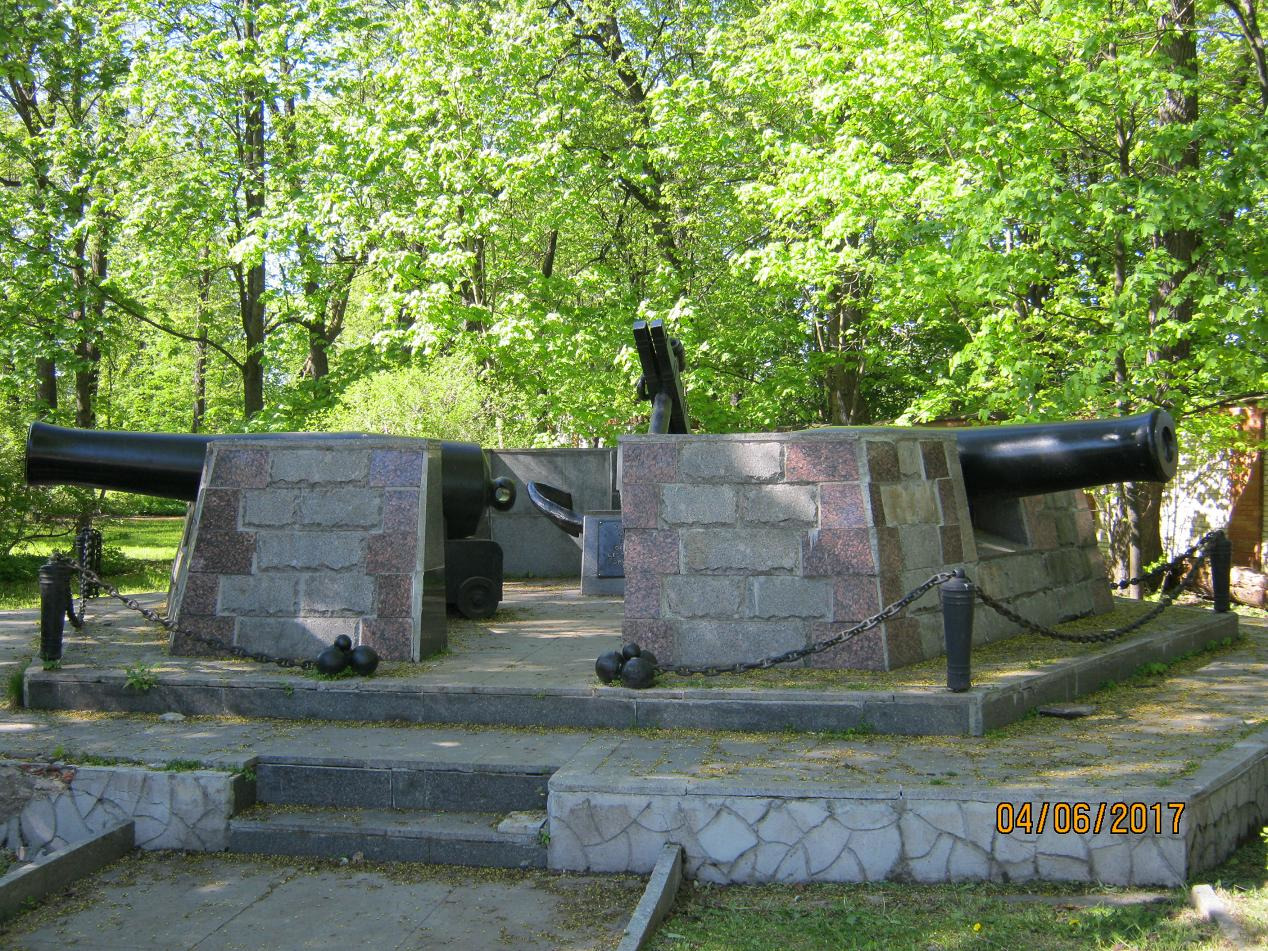
It is a little history
The mouth of the river of the Sister (her present name) began to grow roots even from the middle of the II millennium B.C. And it has begun to grow roots … — and it, as if, confirm the “archeological finds” made in dunes at the west bank of the present lake the Sestroretsk Flood (any there crocks, scrapers, tips of arrows from a stone …) — and so, the mouth of the river of the Sister still “the ancient person” as it is told in the conclusions the arkheologicheskiikh of expeditions of 1905 has begun to grow roots. But, allow, — the Egyptian civilization of an era of the Average Kingdom already prospered, the Island Minoan civilization was going to pass the baton continental Hellenic… and we have an ancient, “prehistoric” person! Something here, perhaps … — but, we will leave it on conscience of big scientists and we will go further.
And it was farther so. — The Orekhovetsky peace treaty of 1323 signed between Yury Danilovich (there was such Novgorod prince) and the Swedish king Magnus, has defined down the river to the Sister border between the Swedish kingdom and lands of Mister of Veliky Novgorod; and the Stolbovsky world of 1617 has completely deprived Russia of an outlet to the sea, having formed in the territory of the present Leningrad Region (from the river of the Sister and to Luga!) Swedish province of Ingria. And only after it in the Swedish chronicles of 1643 it is modestly mentioned the constant trade fair Systerbăck (that is meant by the Sister river). However, in Finnish it sounded as Siestar oja (The blackcurrant river). — That’s all that we know about “the Swedish Sestroretsk”. Further the history of Sestroretsk of Russian begins. Also she begins … — however, all one after another!
It is known that at the beginning of Northern war (war “blue” and “green” as it was christened in the people) the Russian troops under guidance of the general field marshal Boris Sheremetev have taken the Swedish fortress Nienschanz which was standing still confluences with Neva of the river of Okhta during the spring campaign of 1703. And already 16 on May (27), 1703 the tsar Pyotr in the mouth of Neva has founded St. Petersburg (more true — the St. Petersburg fortress). — And it on the Swedish lands which have been a part of Russia only in 1721 (the Nishtadtsky world)! No wonder that Swedes haven’t stopped trying to return the territories recaptured by Russians and to erase the fortress which is just constructed by them from a face of the kingdom. And here, one of such attempts was fated to open the new page in the history of the city on the river for the Sister.
We will try to carry out historical reconstruction of those old events. So, beginning of July, 1703 … In the early foggy morning from Vyborg the group numbering 4000 people has acted, at 13 tools, and he haz gone towards the St. Petersburg fortress built by Russians on the lands recaptured off his majesty, the king Karl. The 69-year-old major general Abraham Kroniort ordered group.
The order given to the general by Karl was categorical: to beat out hated Muscovites from the territory of the kingdom and to specify, at last, to it to “lanky Peter” his place! Went without being thawed what to be afraid of: to the Sister one lakes yes of the swamp, and only rather narrow track along the coastline, — the enemy here you can’t find! And if to wait for Russians, then only for the Sister…
The column crept on rather narrow track, coiling a huge blue snake. Rumbled on tool potholes, charging boxes jumped up on hummocks… All nothing and only… here only regimental treasury … — the wooden box upholstered with iron which contents were made more than 1600 gold guldens and kroner (kind weighing two hundred pounds!), — here only this mountain of winners, gold for rewarding, caused a headache of the general.
The group has approached on July 7 the Sister’s bend. The river, being curved by a long loop to the South, again then bore the waters to the north soon to dump them to the Gulf of Finland. Here have also planned a crossing, the benefit, there was a bridge.
And at this time Peter anticipated by spies, on July 7 — personally! — already brought six regiments: Preobrazhensky, Semyonovsky Guards infantry (under guidance of the major general Chambers) and four dragoon (Baur, Renne, Kropotov, Malines) to the same bend of the river, but from the South…
And here, they have met — Swedes and Russians. It happened on July 8 (on old style) 1703 — the event which forever has put an end of the Swedish occupation of primordial Russian lands down the river to the Sister (that in 1721 has been fixed by the Nishtadtsky peace treaty). From this point the Russian history begins, — isn’t present, not Sestroretsk yet, — settlement history in the mouth of the river of the Sister.
Troops have met, — “green” with “blue”! Without waiting for the lagged behind infantry, hot Karl Rénnе has led dashing the dragoon directly to the bridge. Whistle of kernels, squeal of a case-shot, neighing of the gone mad horses, — everything has mixed up in terrible roar of fight! Whether yes the impact of the Russian daredevils could only stop fire of the Swedish tools!
“Hurrah! We ache, — Swedes bend!” — and Kroniort has begun to move back. The general with horror has suddenly remembered regimental treasury unnecessary now and has sworn from disappointment. But, right there, having got it together, the skilled soldier, — even in such row! — he has managed to give the order to two reliable soldiers: to take a horse with the vehicle, to dig a box with gold somewhere, on the cape, closer to the Gulf (later to be turned back behind him by sea) … and to notice the place.
Meanwhile Russians with Swedes, a uniform blue-green wave having splashed out on open space, have continued fight. Soon, however, having managed to be separated with “green”, shapeless blue weight has rushed in hope for rescue to the wood where almost all has fallen under blows of sabers of Russians the dragoon…
The general Kroniort, having lost a half of the group in this terrible fight, has hastily receded to Vyborg; and behind the hidden treasury Swedes weren’t turned back. Also Kroniort’s gold, somewhere, under one of mighty oaks … — but about it the story ahead lies to this day.
The colonel Karl-Ewald von Rénnе before the Fatherland has received a position of the Commandant of the St. Petersburg fortress for the merits, — the first in her history! We will note that in the 18th century the Commandant of fortress was also a Commandant of St. Petersburg. He was considered as the third party in the city: after the Tsar and the Governor general. Thus, Karl Rénnе became also the first Commandant of future capital of the Russian Empire. And in 1704 he the first in the Russian cavalry has received also the major general’s rank.
So, on July 8, 1703, has opened new, — the Russian! — the page in the history of the settlement in the mouth of the river of the Sister. These events which forever have returned to Russia her ancient northwest lands have also formed the basis of our narration.
Not dying away interest of Swedes in the lost territories, — to remember only an expedition of the general Maydel and the admiral Ankerstern to the mouth of Neva in the summer of 1704! — It has forced Peter to become stronger seriously on these lands especially as they — the last line of defense of St. Petersburg from the North. Therefore, in 1706, not far from the mouth of the Sister, the harbor suitable for reception and the shelter not only trade, but also warships has been hastily built.
Attempts of Swedes to return at least the gold of regimental treasury hidden by Kroniort, were also not crowned with success: from the sea as Maydel’s expedition has shown, was not to approach, and on dry land … — well who after so many failures will venture to ask for trouble especially as the area grew roots Russians so promptly. And only many years later … — However, all one after another.
Russians have undertaken development of new lands very seriously and in details: in 1710 the geological and topographical expedition for the purpose of drawing up the district map and search of deposits of marsh ores has been directed here. — Yes, the tsar Pyotr had grandiose ideas!
After the impressive victory of the Russian fleet over Swedes at Gangut (on July 27, 1714) the tsar had a thought to immortalize this event: Peter has enjoined to build two country residences — has been decided to found one (a front door, under the name Peterhof) on the southern coast of the Gulf, other (worker) — on northern, in the mouth of the river of the Sister. On September 20, 1714 he personally surveyed the mouth of the Sister and was very satisfied. This date is also the Birthday of Sestroretsk! Here it has been decided to build the Summer palace and the park.
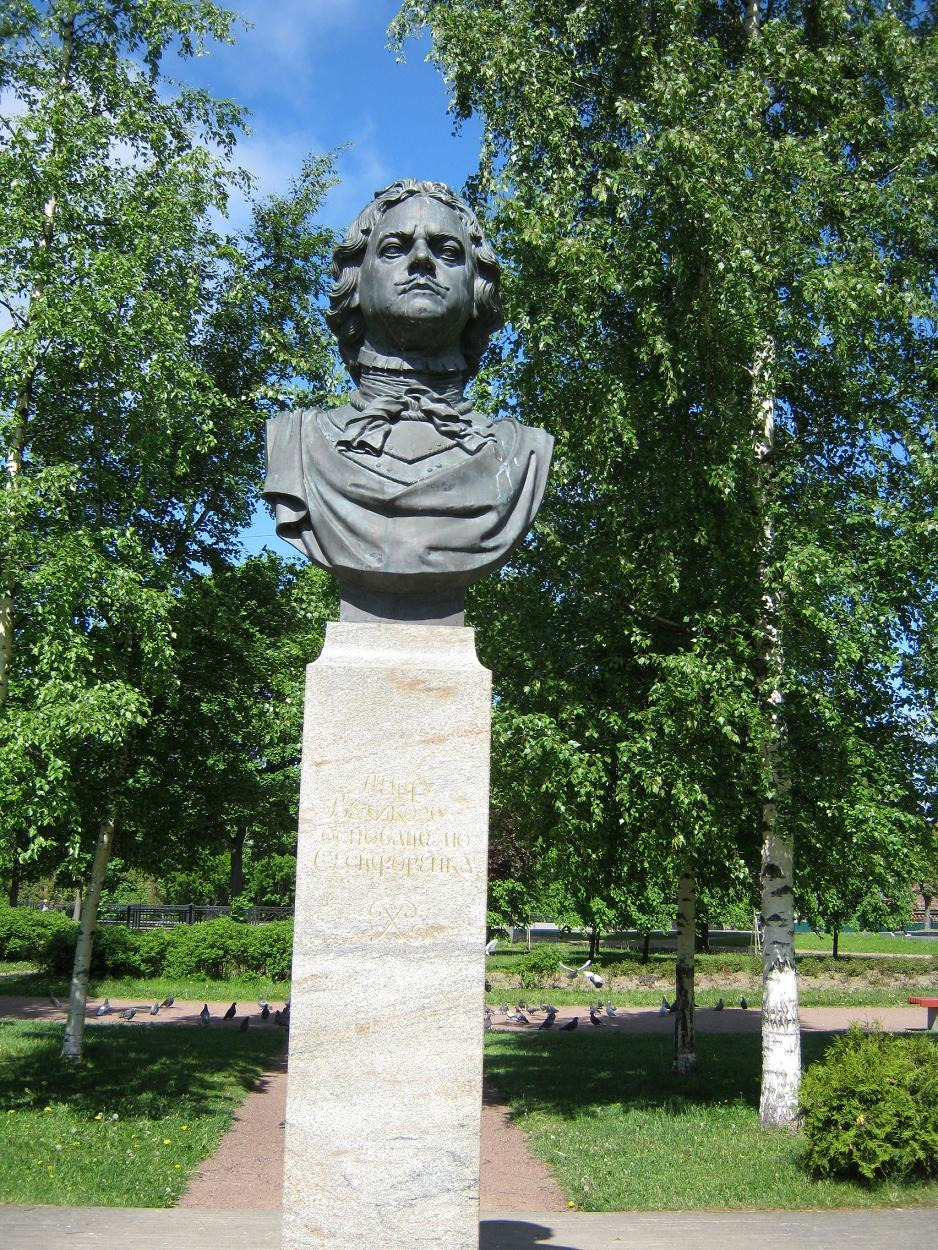
The palace and park ensemble in “Distant Oaklets” (and there were still “Average Oaklets” in the settlement the Fox Nose and “Neighbors…” — in Lahta that is absolutely close from St. Petersburg) was created thoroughly and in a big way.
During the period from 1714 to 1724 on the project of Dutch Stefan van Zviten (1719 — 1724) the palace, unfortunately, sorted in 1781 has been designed and built; and even fountains were planned. However, the water pressure from the reservoir on the Sister formed after construction of a dam (1723) was so insignificant that with fountains have refused an invention. It was necessary to be limited to landing of the young oaklets (more than two hundred of which has landed Pyotr) intended as it was conceived by the tsar for ship business. However and there was a misfire: oaklets were for this purpose unsuitable. Instead of avenues with fountains have dug channels on which it was possible to float by boats.
Running forward, I will note not without pride that Sestroretsk is located on the most northern in the world — in the world! — to border of growth of oak groves. Separate oaks can be met and much to the north (in Canada, on Alaska, in Sweden, in Norway …), but here, oak groves … — And therefore, I think, here the place to enjoy fascinating landscapes of the “Distant Oaklets” stretched on the northern coast of the Gulf of Finland.
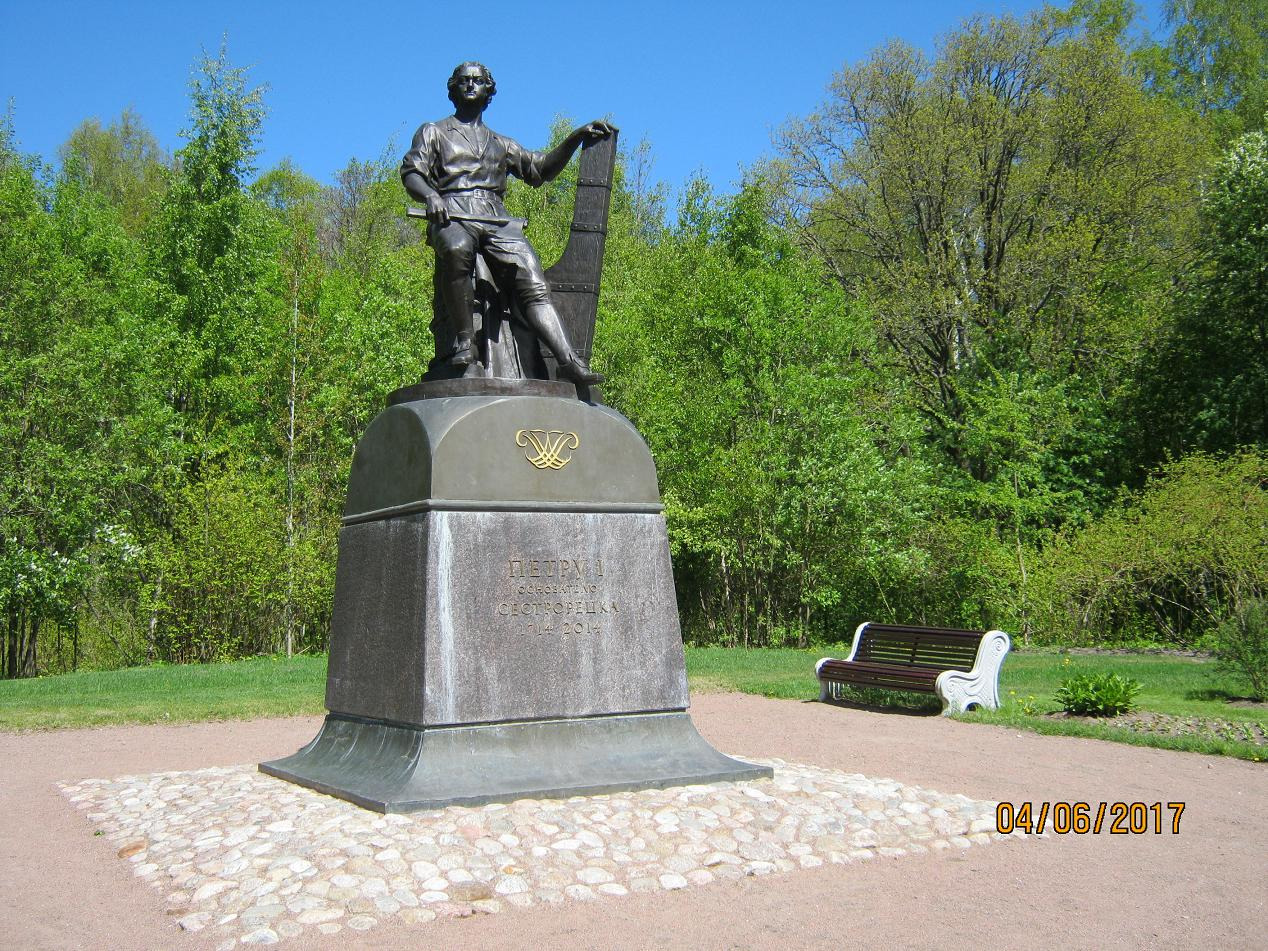
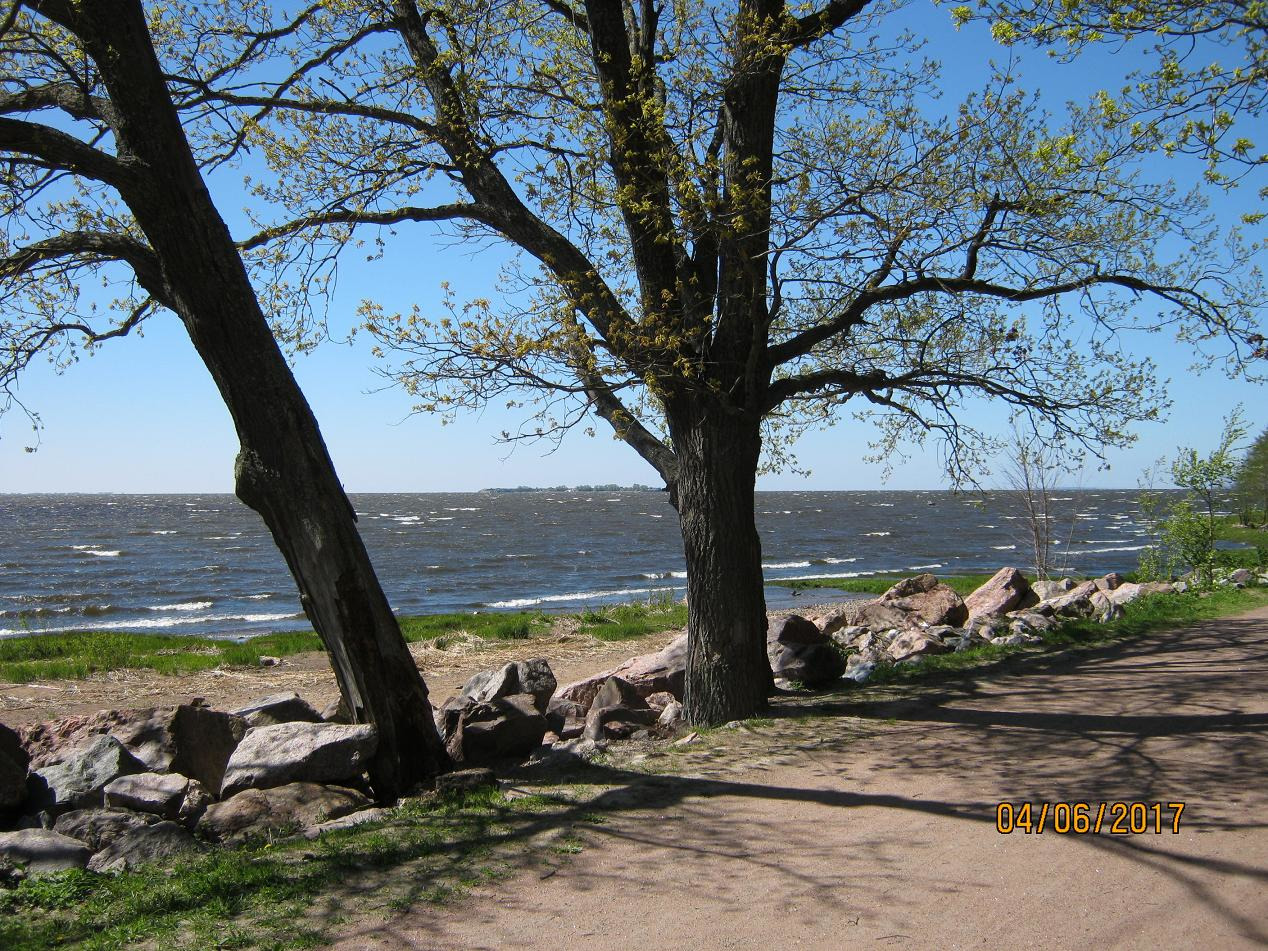
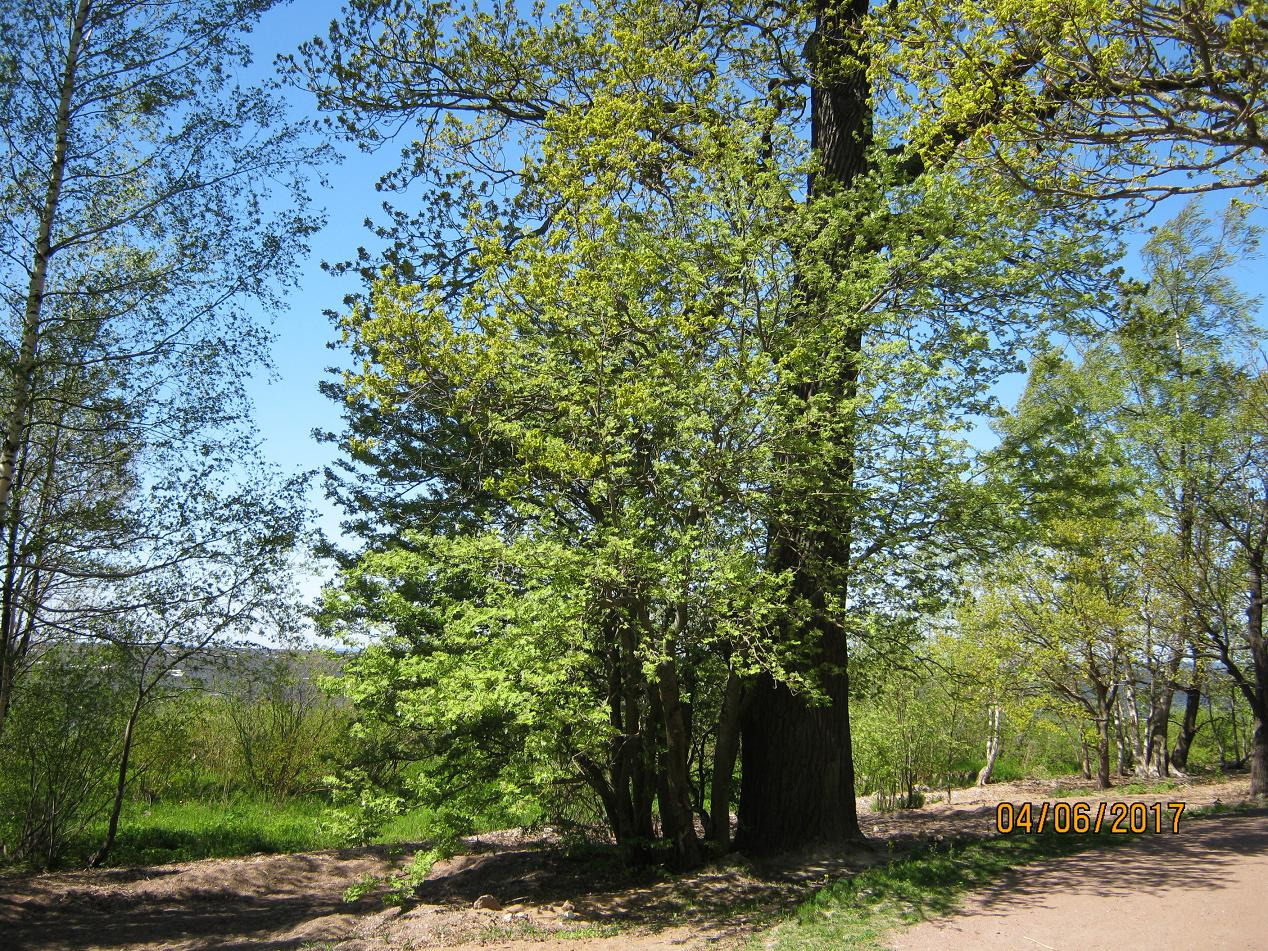
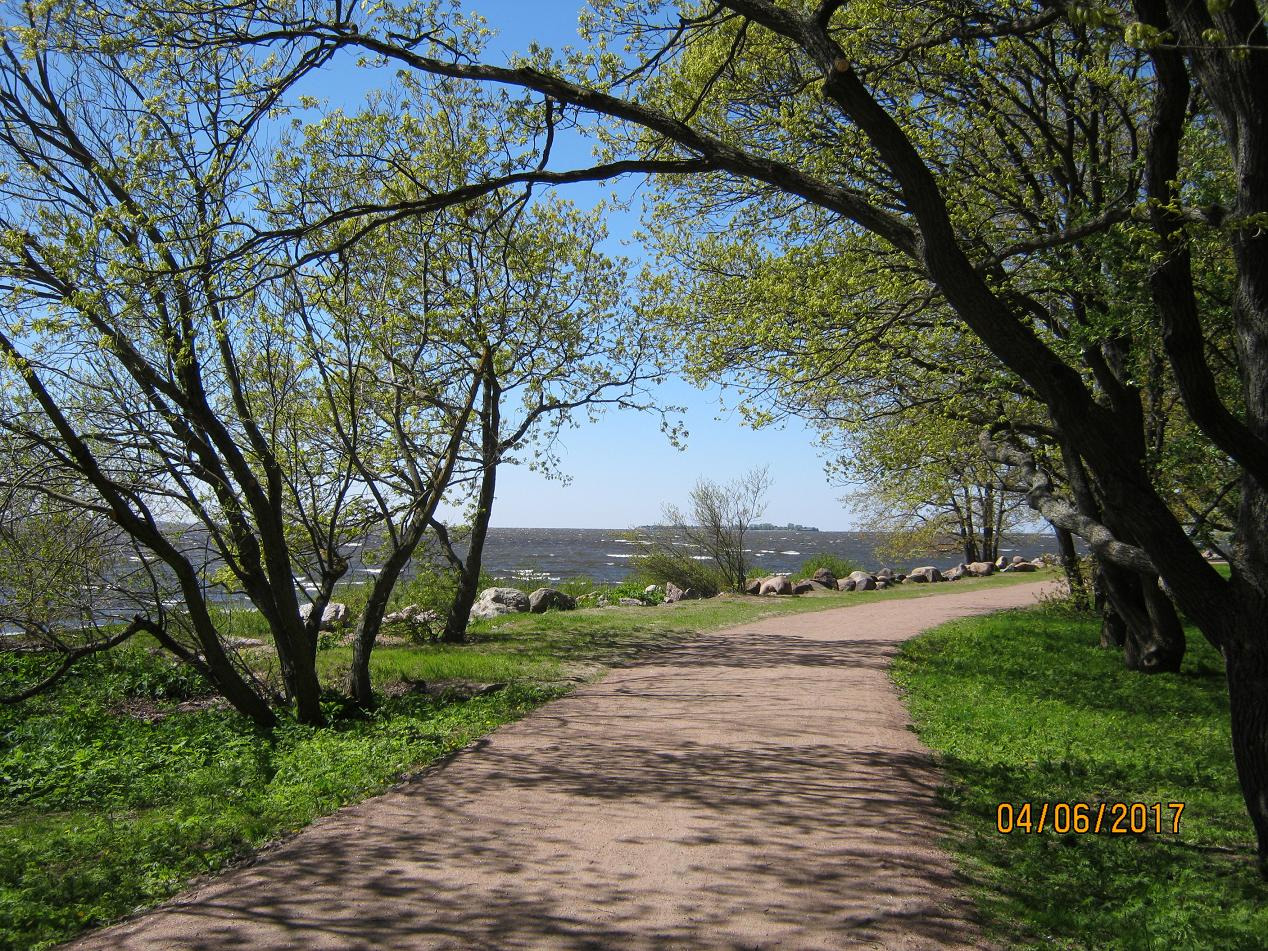
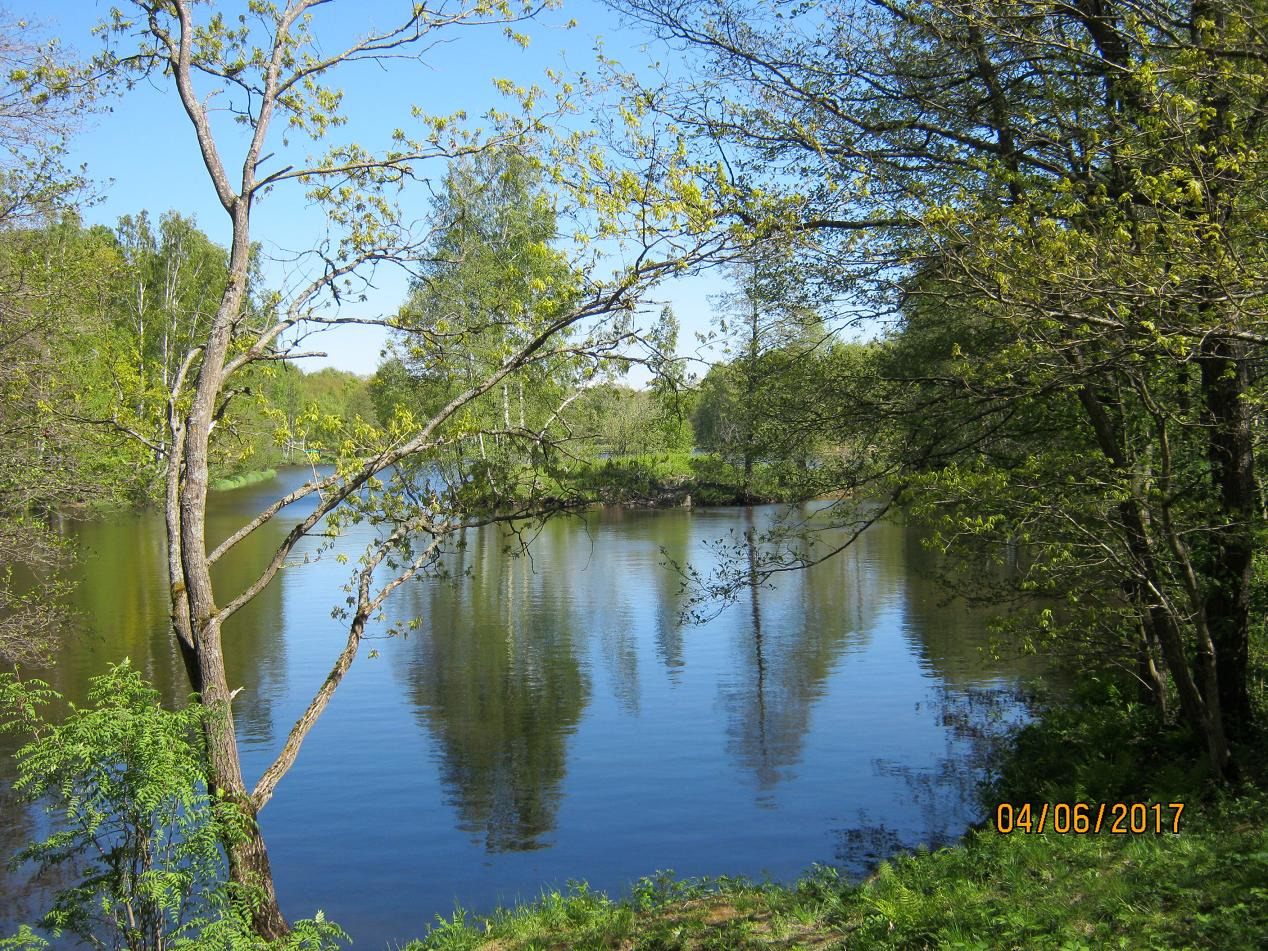
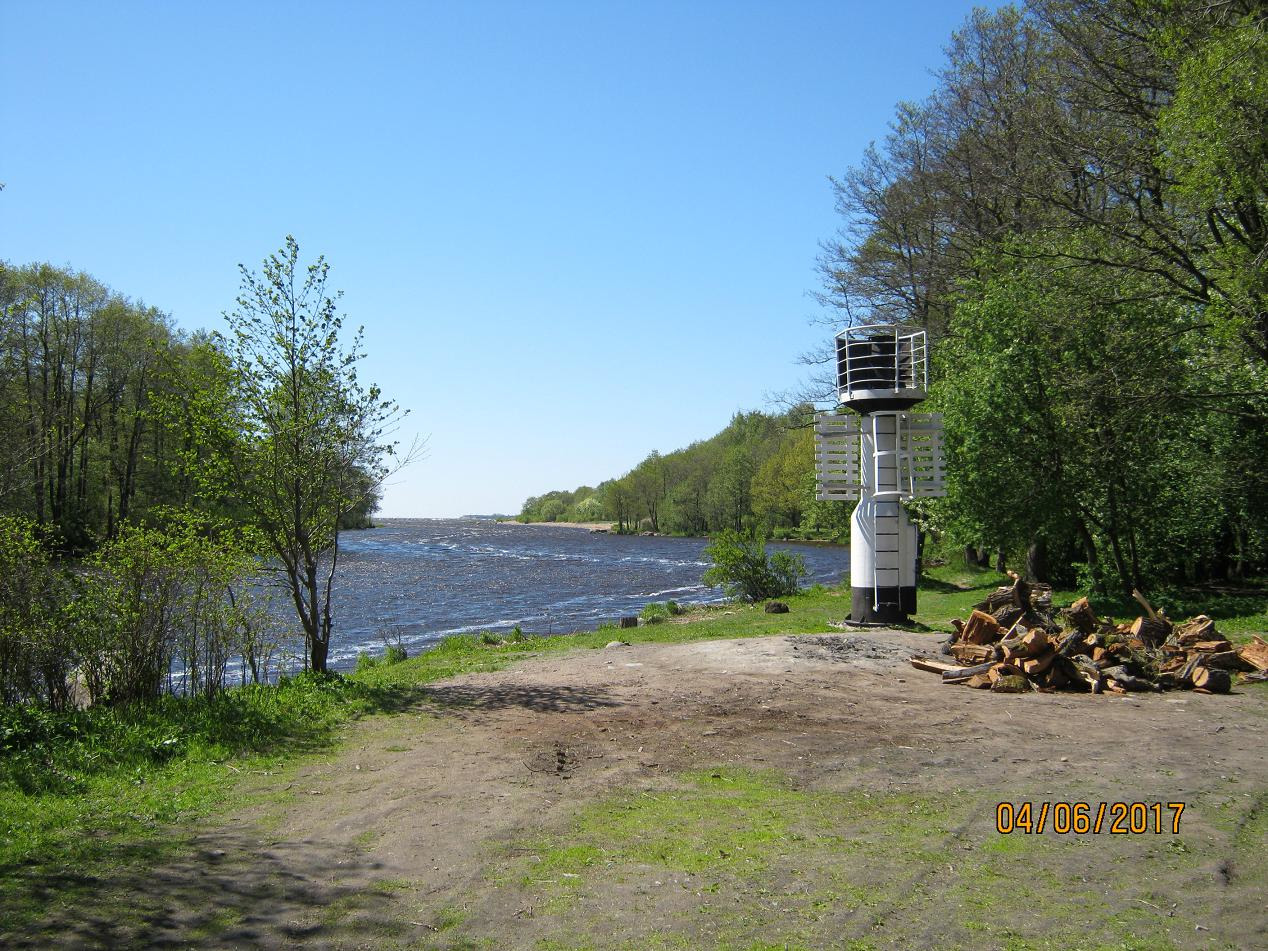
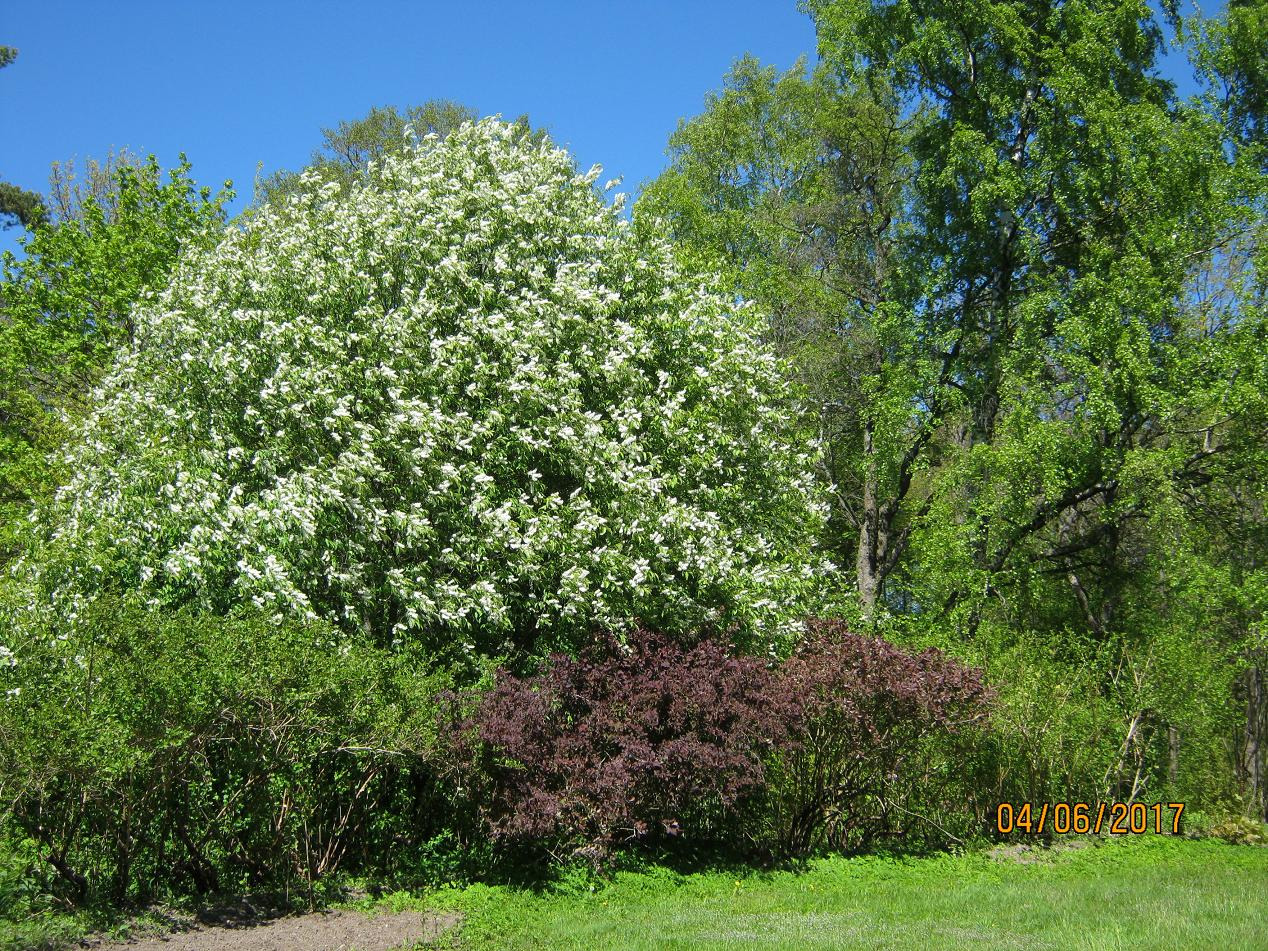
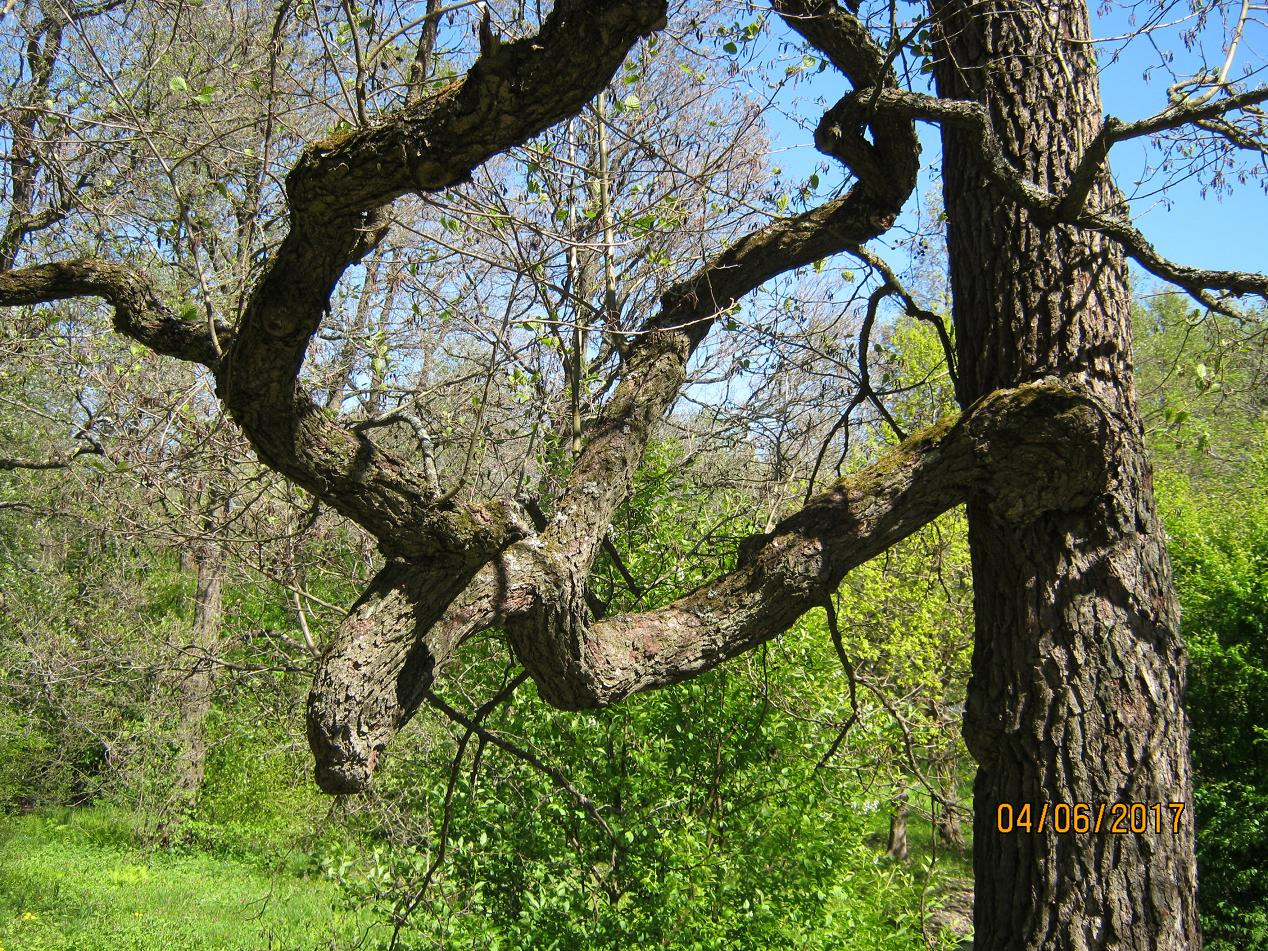
The burden of prolonged war has concerned also Sestroretsk, having for many years defined his destiny. In the summer of 1721 at the dam which has formed the lake the Sestroretsk Flood (then and the settlement began to be called Sestroretsk), under the imperial decree, have begun to build small-arms factory which cars water from the lake had to set in motion. It directed construction (from the moment of the basis and till 1723) the colonel Wilhelm of De-Gеnnin ordering before the Olonets plants. After Gennin recalled on the Siberian plants, construction was continued by the colonel Matvei Vyrubov. On January 27, 1724 the plant has been solemnly open.
Production of the plant, — guns (a close formation quickly captivated the factory yard), mushketona, guns, sabers, broadswords, swords … — right there arrived on arms of the Fleet and Army, — now Imperial (Peter I’s construction in a rank of the Emperor of Russia has happened in St. Petersburg, in Trinity Cathedral on the square of the same name, after victorious completion of Northern war, in October, 1721). At the plant also the huge amount of gunpowder was made.
The Sestroretsk small-arms factory originally consisted of two tens shops (“weapon factories”) which machines were set in motion from twenty eight water wheels, and on technical equipment didn’t know to itself equal in Europe of that time. The wooden Peter and Paul church also has been built to his territories.
And one more worthy event 1721 is memorable for Sestroretsk! — test on the lake the Sestroretsk Flood of the first-ever prototype of the submarine: the “secret vessel” designed and constructed by the peasant Efim Nikonov of boards brass plates, iron hoops and skin. Tests were carried out in the presence of Peter.
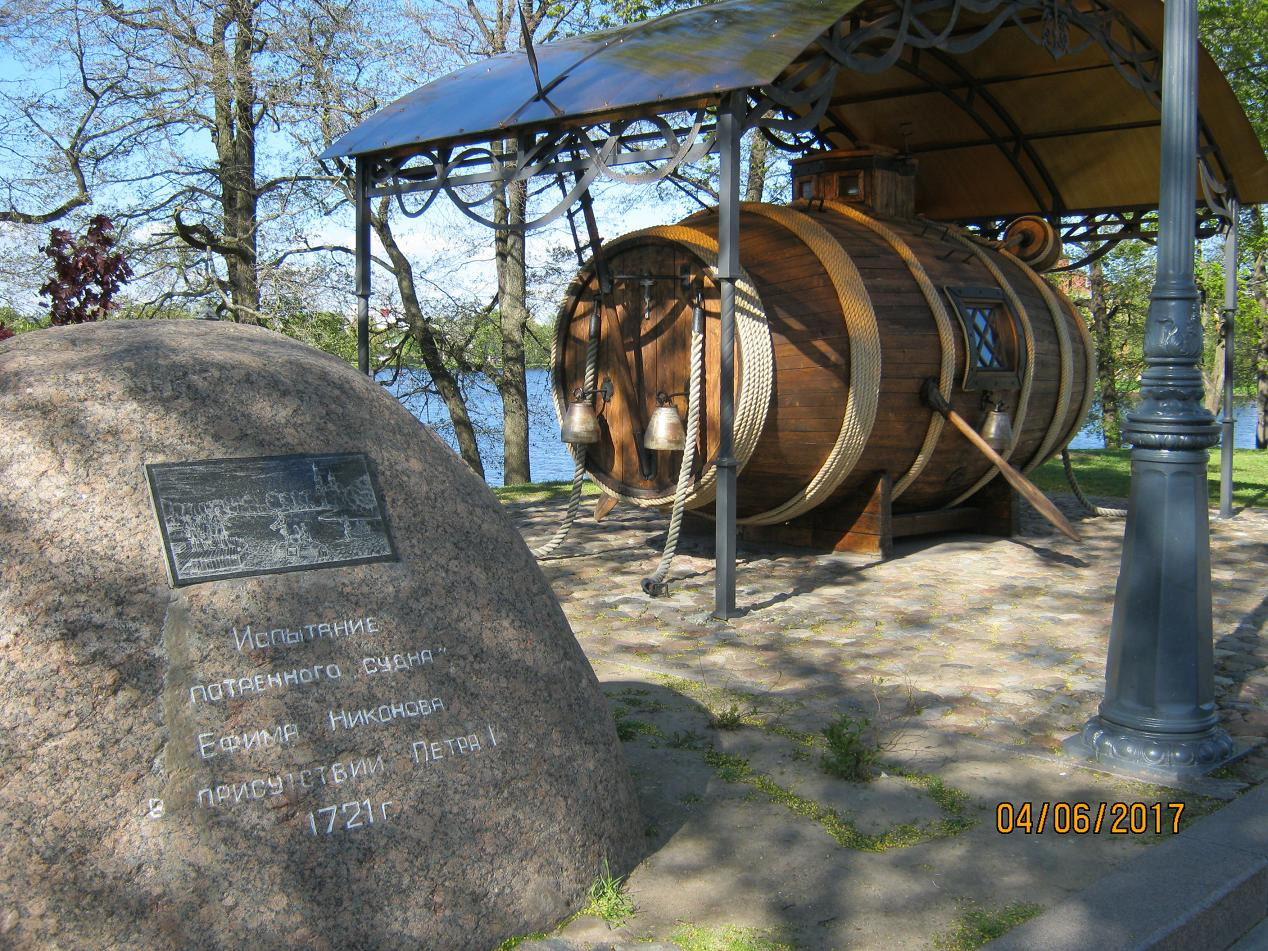
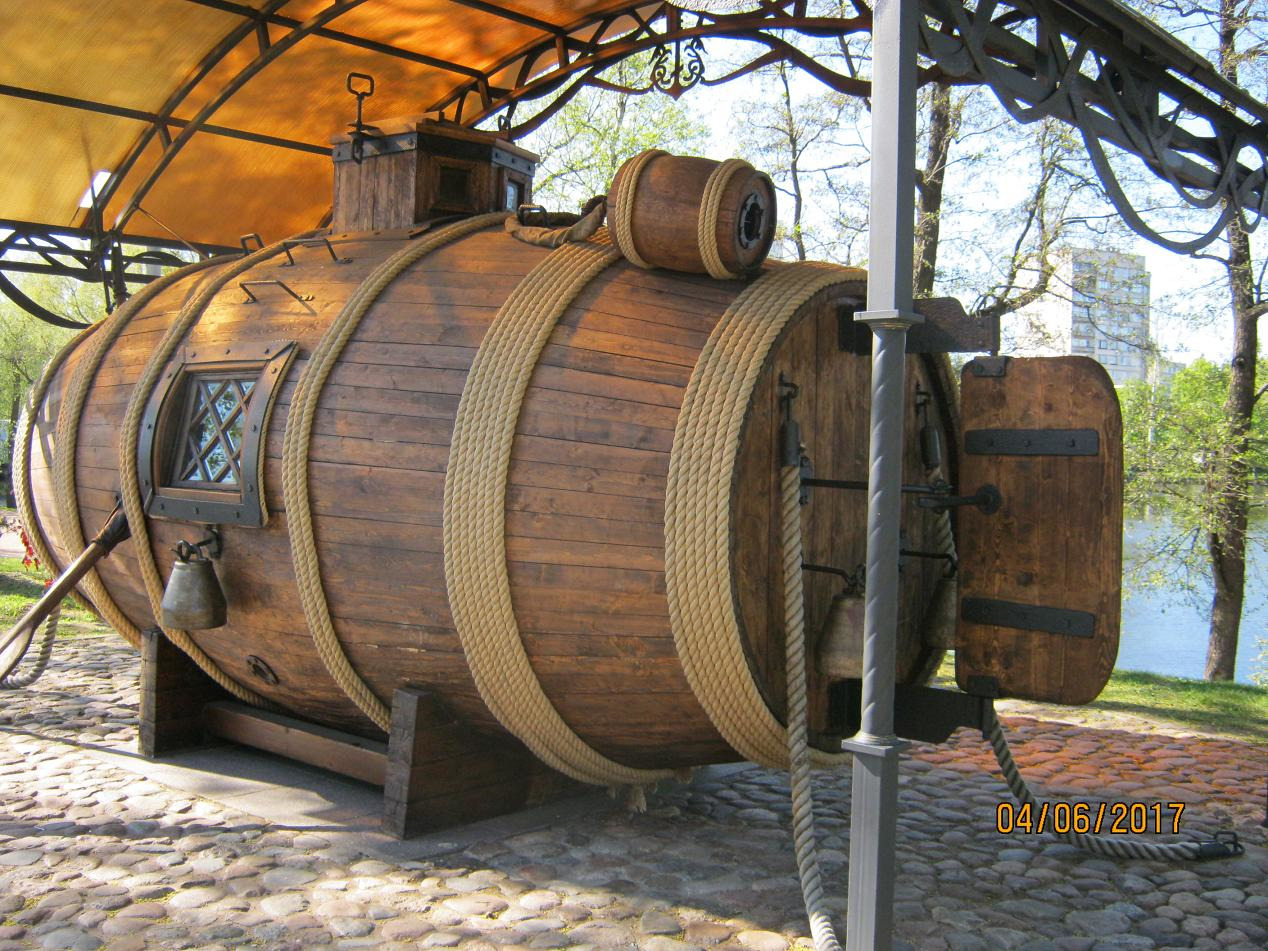
At the initiative of Sestroretsk submariners this place and an event have been immortalized in 2000 by laying of a small wooden chapel of the Prelate Nicholas The Wonderworker to which base capsules with the earth taken from all places of basing and construction of submarines of Russia have been put: from St. Petersburg, Kronshchtadt, Sevastopol, the Cervine lip, Vidyaev, Liinakhamari, Gremikhi, Sormovo, Komsomolsk-on-Amur, Severodvinsk, Fishing (Kamchatka), Magadan, Gadzhiyev and San Diego (place of burial of a part of crew of the boat K-129 which was lost in 1968 in the Pacific Ocean).
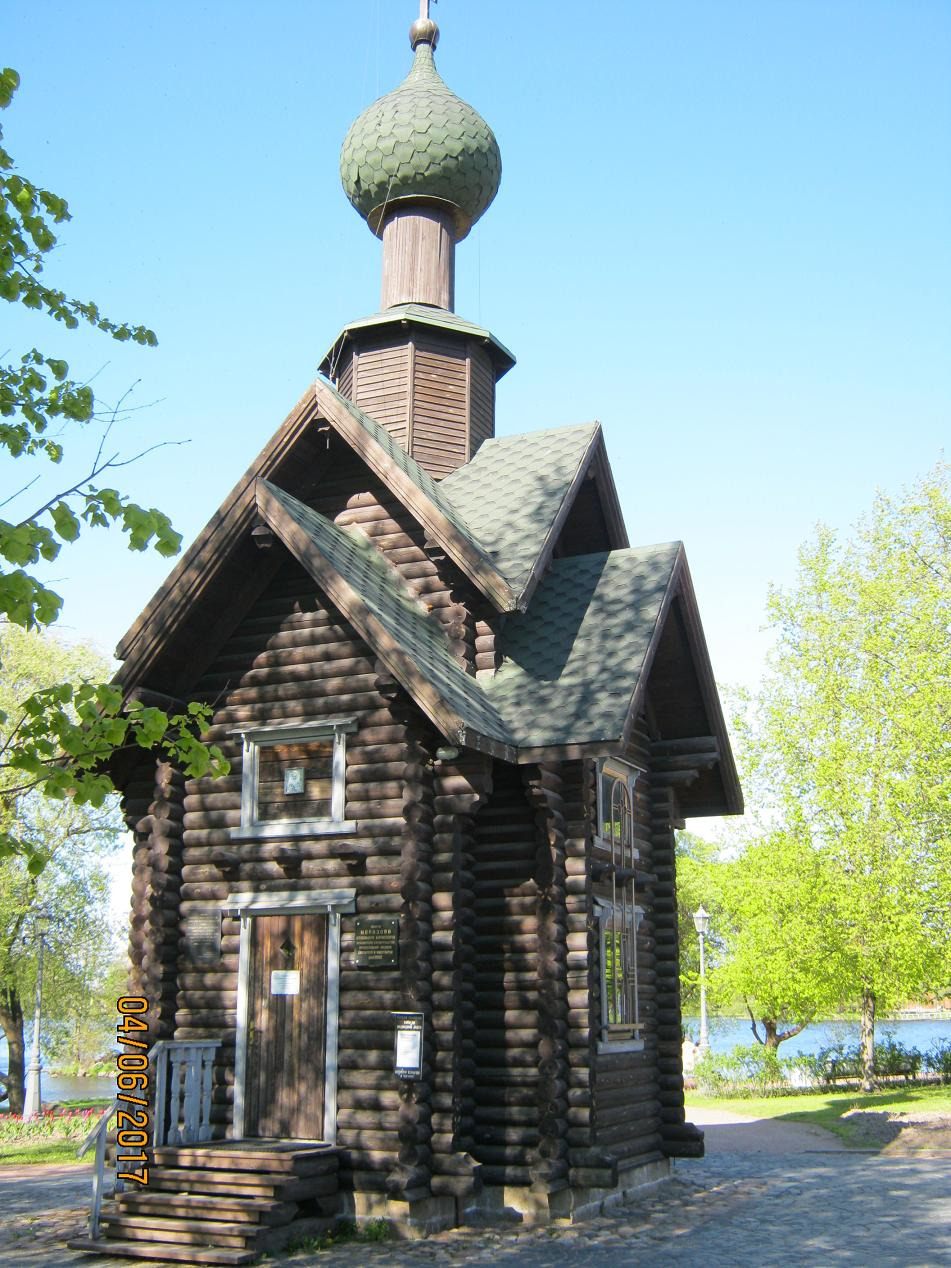
(view from the southwest)
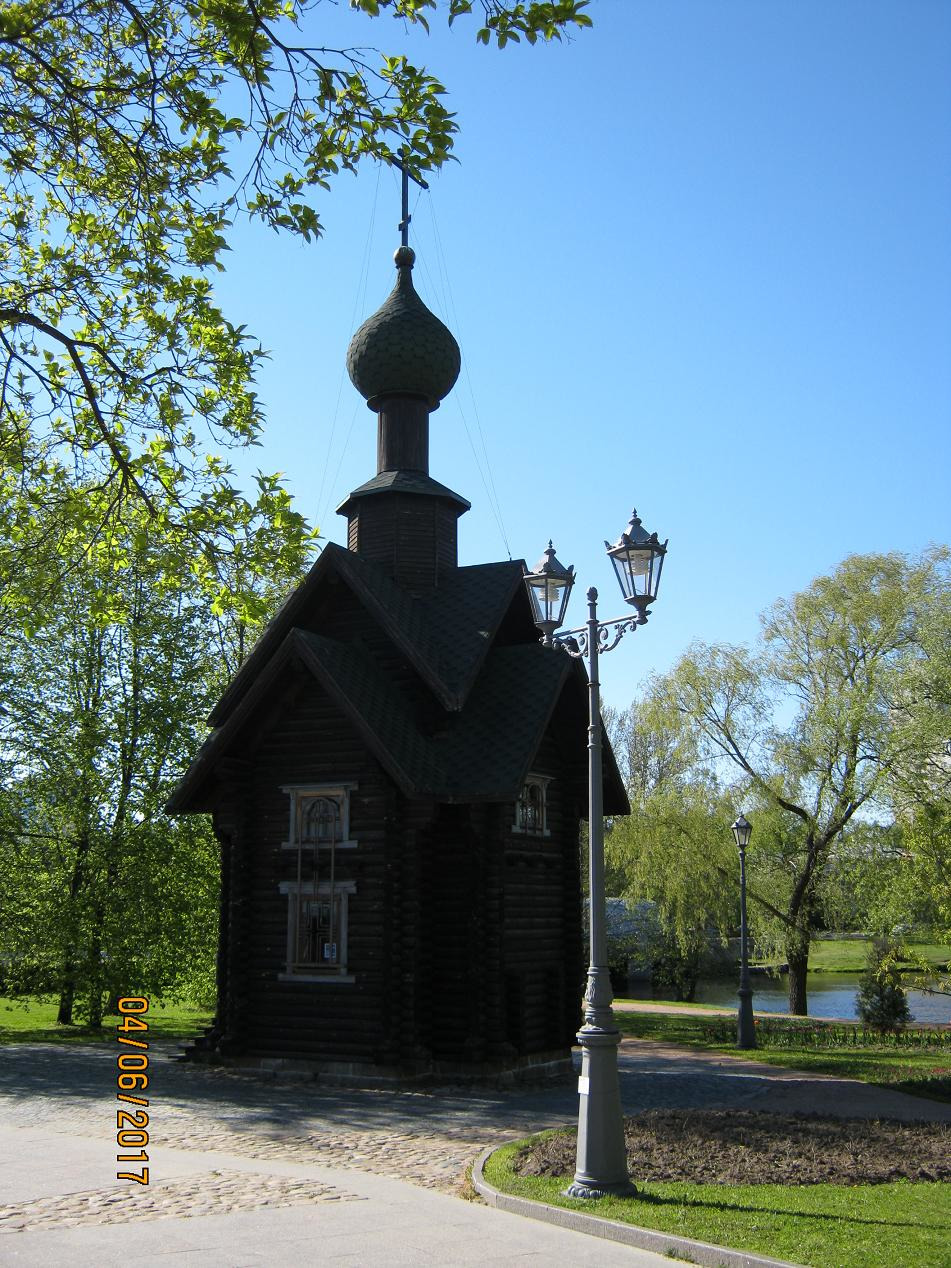
Here, nearby, also the temple in honor of Saint Apostles Peter and Pavel towers. In the territory of the temple memorial plates with the mournful list of the sunk submarines, and in the temple — the computerized information display with surnames of all died submariners are established. Consecration of the space for construction of the temple has taken place in July, 2002. Construction has dragged on for many years and has been complete only in 2009.
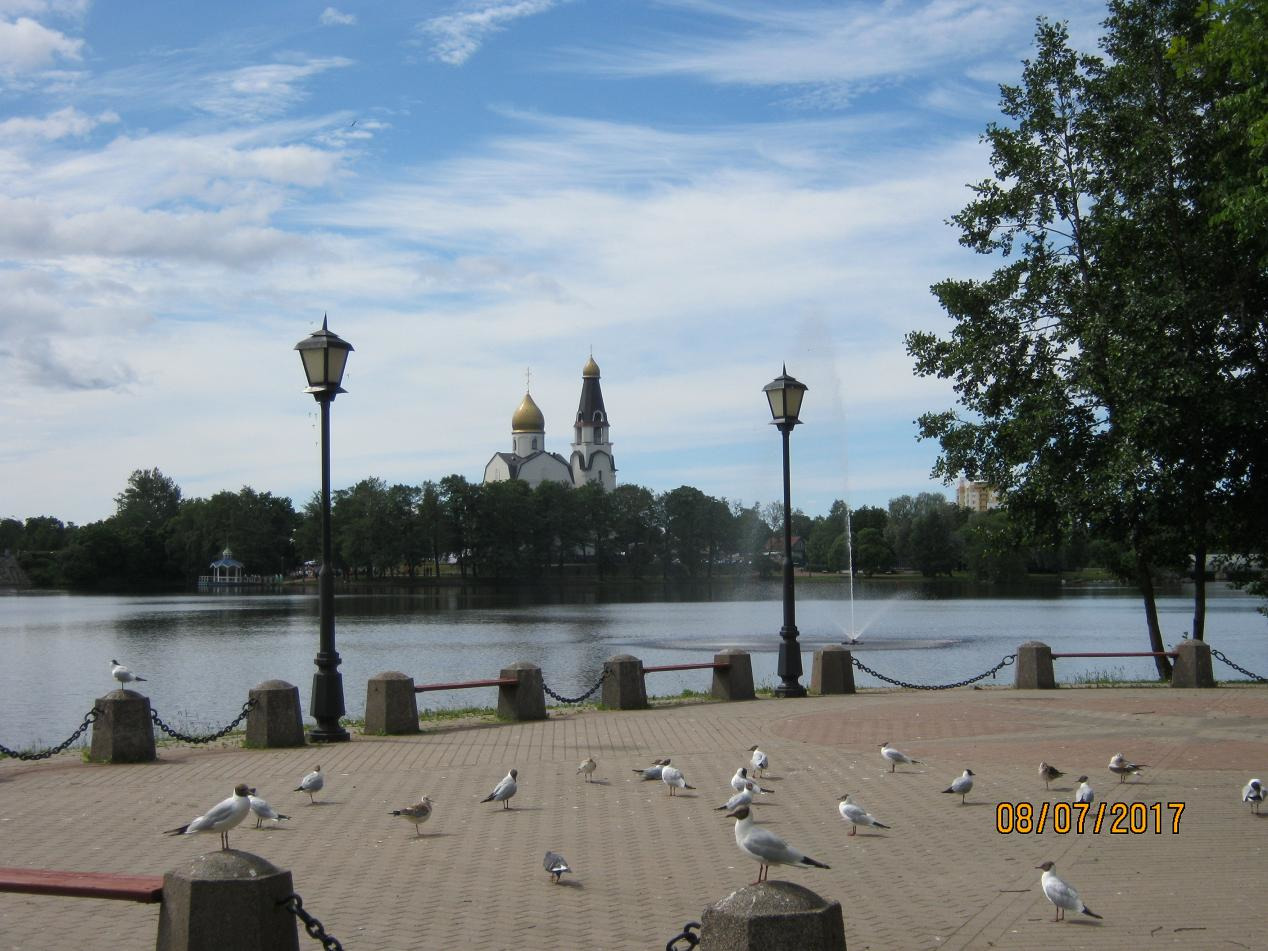
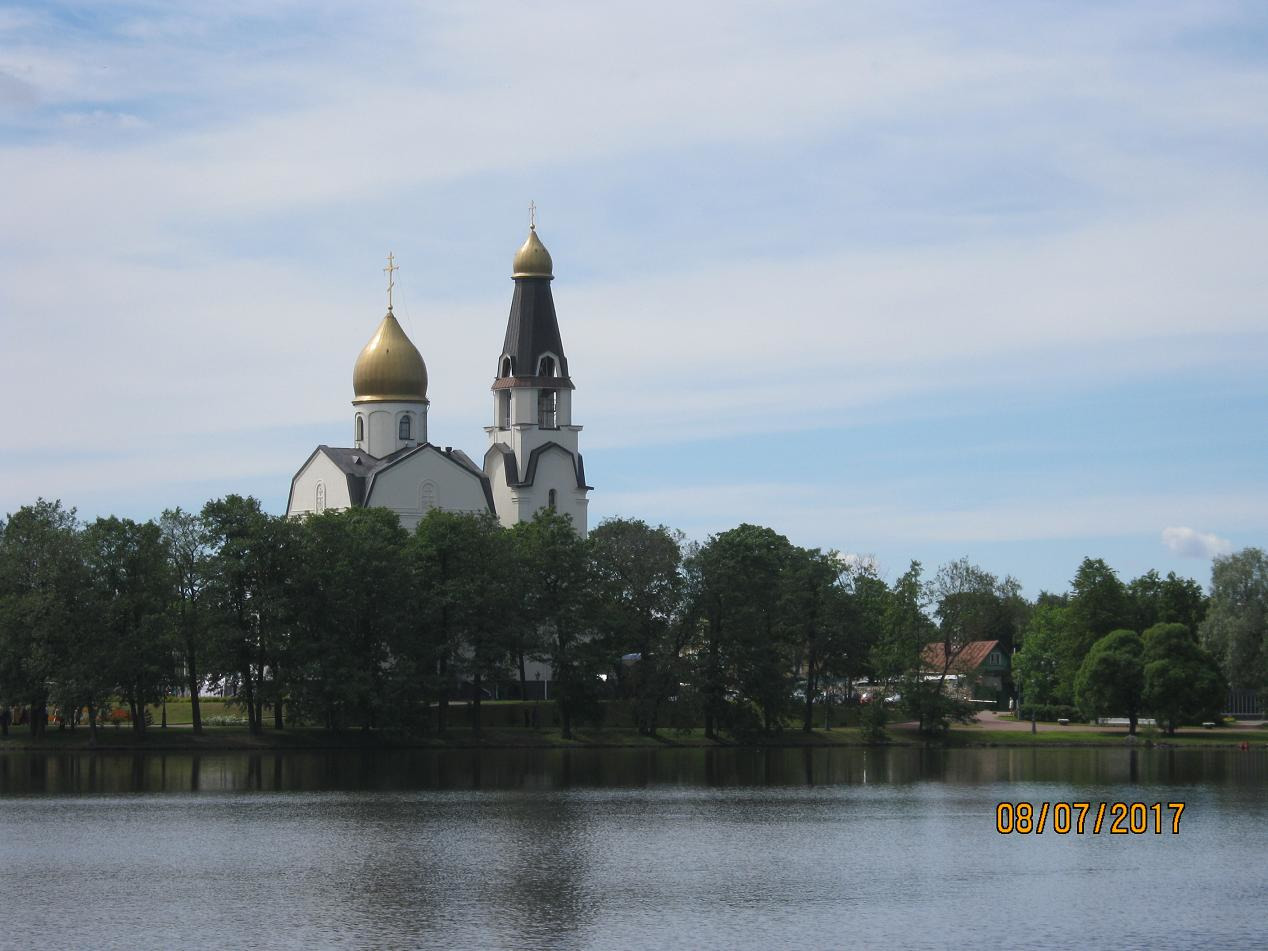
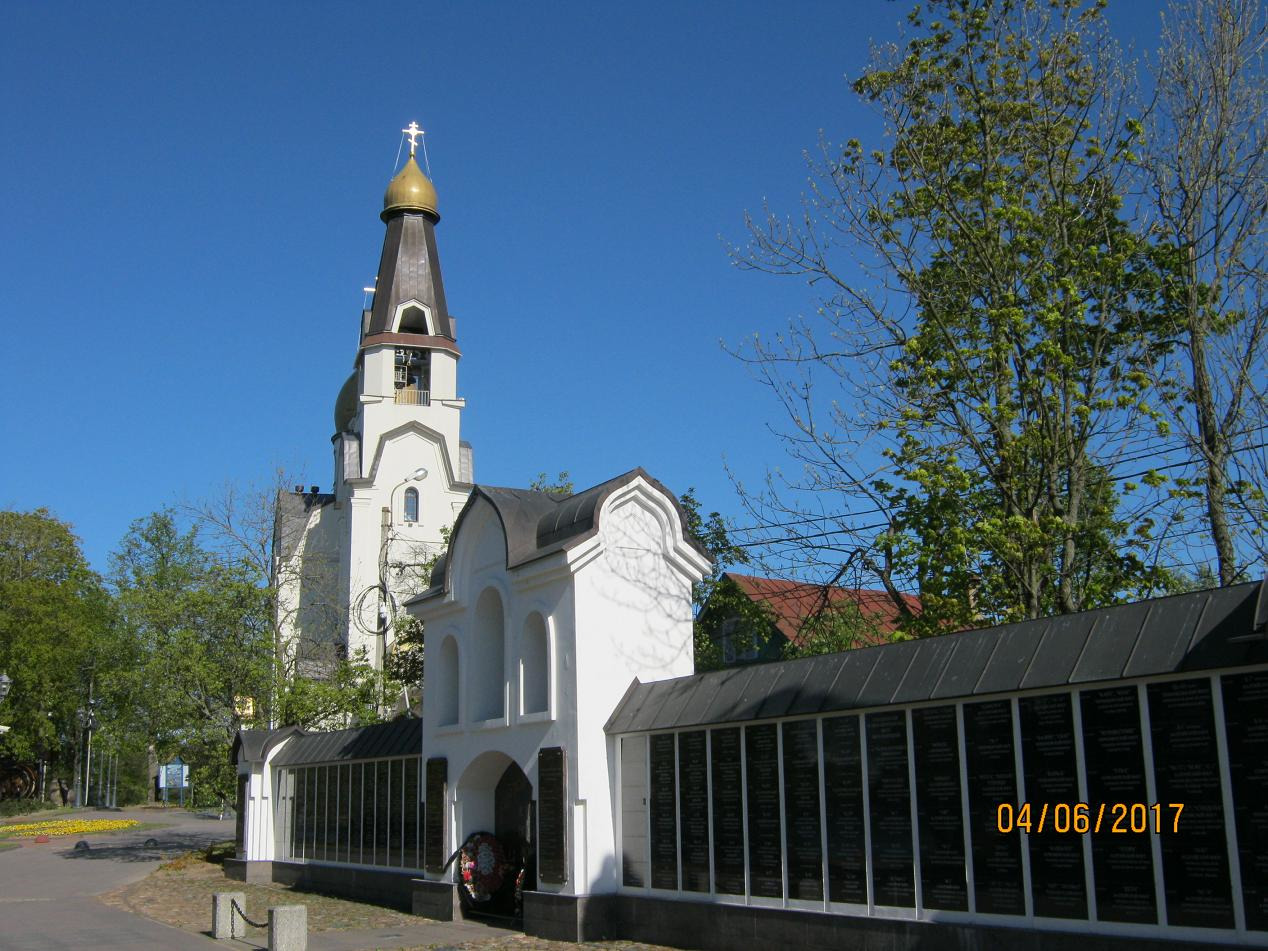
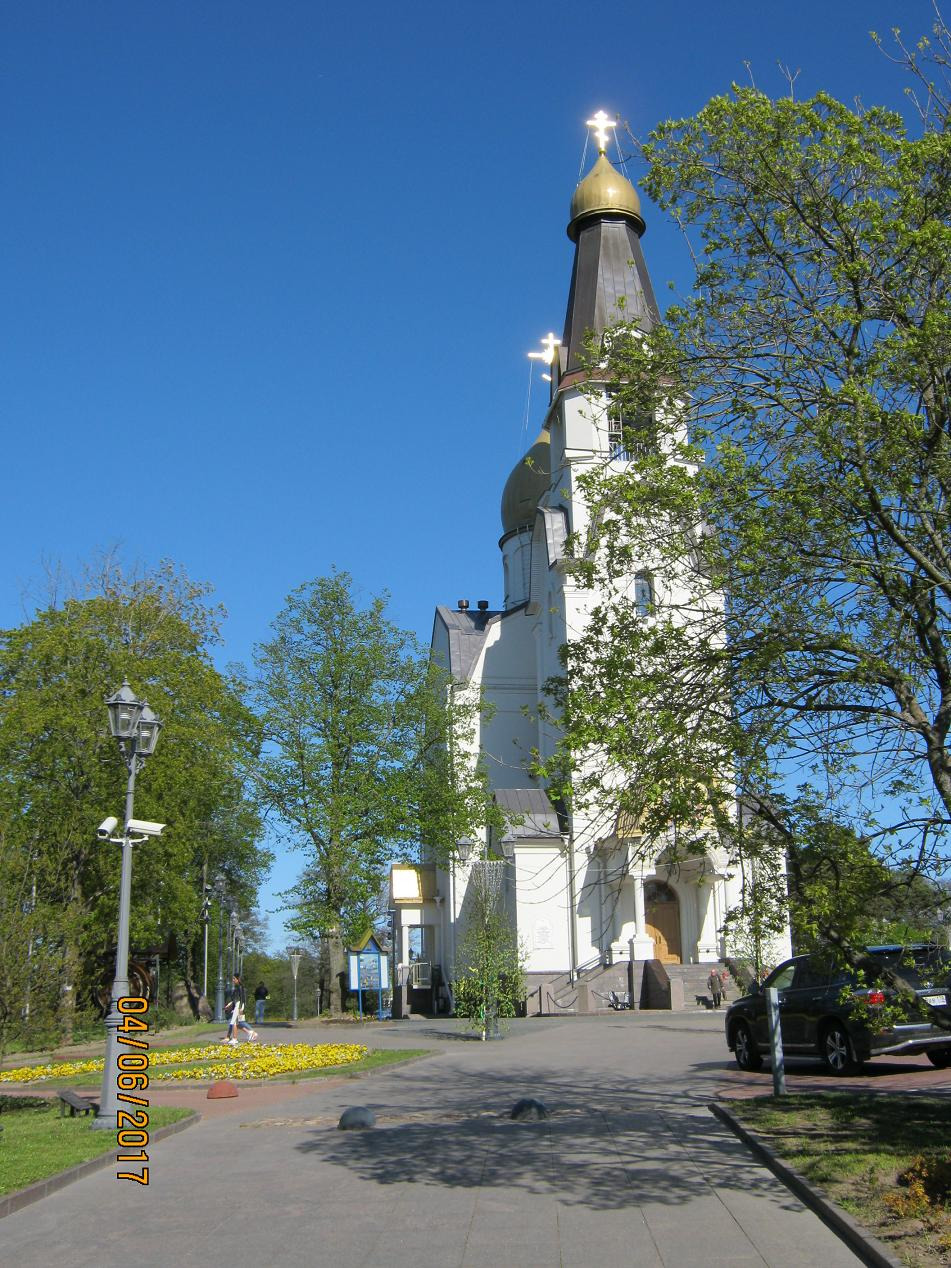
Time went, also Sestroretsk changed. All the 17th century the city developed as the subsidiary territory of Small-arms factory: importance of the plant increased — also the status of the city rose. So, with opening and the beginning of development of deposits of marsh ore to Dibune-bolote, near the Black small river, in 1735 (for what at the grange “Aspen grove” the Chernorechensky iron-works have been constructed), workers-metalworkers have been sent to Sestroretsk from every quarter of Russia, and the city has considerably grown. It is interesting that the Sestroretsk plant used local metal more than fifty years!
The Sestroretsk plant was known not only the magnificent weapon. Under the special decree of the empress Elizabeth Petrovna in 1754 at the plant began to mint a copper coin (from unusable guns); and “The monetary expedition” has been created from the workshops making stamping. Till 1766 it has been released copper coins for two million rubles. There were also other orders: openwork lattices for bridges of Tsarskoye Selo, the well-known “Golshtinsky globe” (that nowadays in Cabinet of curiosities, however, restored after the fire in 1749), silver cancer for remains of the Saint Blessed prince Alexander Nevsky (that in the Hermitage), hours for Peter and Paul Cathedral (weight of 55,5 poods), from copper and cast iron.
There was also quite strange order which has nearly laid the foundation of an era of own Sestroretsk ruble: have charged to the plant stamping of ruble coins in weight two and a half pounds! However, have stopped on batch, — copper coins in kilogram the weight of circulation haven’t received, — right there the become numismatical rarity. Collectors still call this money “A Sestroretsk coin”.
Running forward, it is possible to note that at the World Fair in Paris of 1867 the Sestroretsk small-arms factory has received a bronze medal as the weapon production, best and most modern in Europe!
At the beginning of the 19th century Sestroretsk becomes the “border” city again. How did it happen?
Бесплатный фрагмент закончился.
Купите книгу, чтобы продолжить чтение.